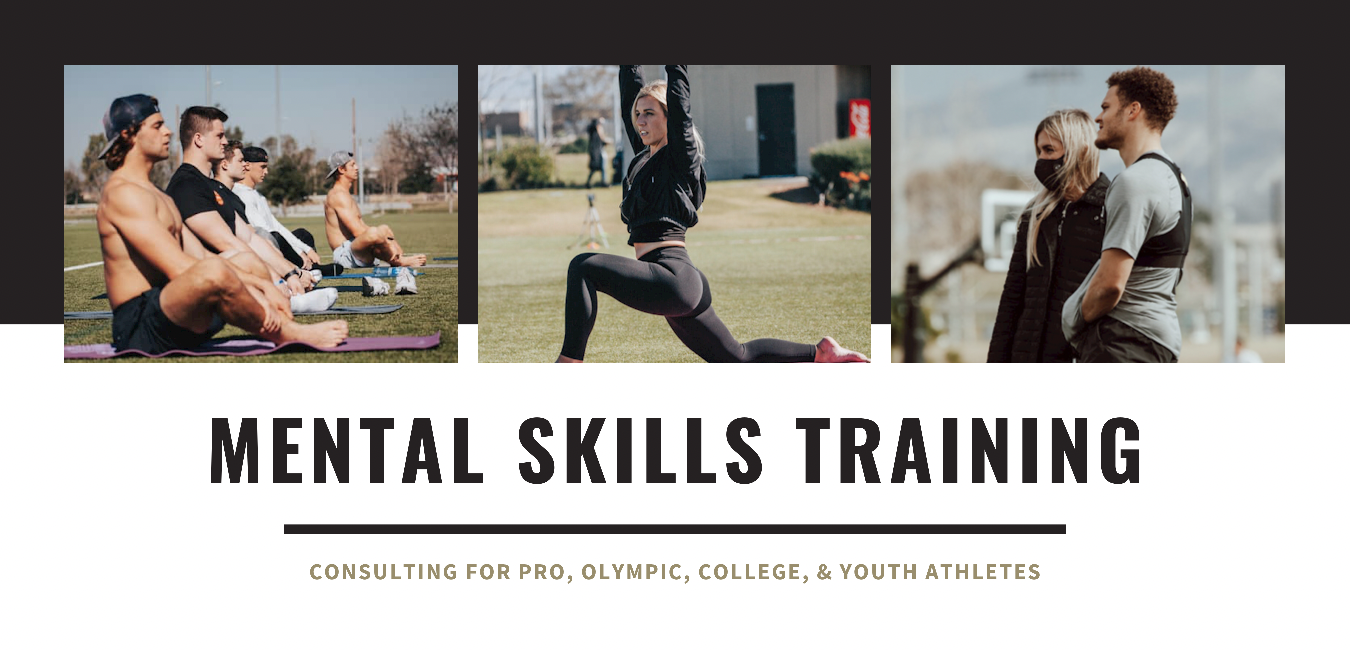It doesn’t matter who you are, where you’re from, what you did, as long as you love me. Wait, what? Sorry, the opportunity presented itself. Anyway. It doesn’t matter what sport you play, whether it is an individual or team sport, or if you are just a regular human doing your best to be your best, fitness and athletics is mental just as much as it is physical. Just getting to your workout or practice can sometimes be the hardest part of it all. Though most of you understand that it is a mental game, do you really understand how to handle or take control of that? Today, I want to talk about goal setting and habits. They work together well and here’s why…
Create desired habits
A habit is a cue, a routine, and a reward. Your cue is putting on your workout gear, then you head to training because that’s your routine. Your brain anticipates the feeling you get from working hard, competing, and doing what you love. That feeling is your reward. Even if you head to practice and you have a terrible day or you’re not feeling great, you keep showing up because you have already created a habit that usually gives you a positive feeling. “You never regret a workout,” they say. Showing up physically is the habit, but the reward is mental. If you train your brain to create new habits with goal setting and mental skills, you will react accordingly prior to, during, and after your performance.
Put it into practice
Goals are the bread and butter of mental focus and if you want to see progress, setting goals will get you there. If you set goals, you will then create habits of training to meet those goals. Get out a notebook, nothing fancy, and let’s get started.
Step 1. Create a vision for yourself. Where do you see yourself in the next five years? Don’t make this complicated. Go with your gut. If you truly don’t know, shorten the time frame to 3 years.
Step 2. Mission statement. What do you want to accomplish? Define it.
Step 3. Conduct an assessment. Evaluate your strengths and weaknesses. What strengths can you use to your advantage? What weaknesses are critical to improve upon to accomplish your goals? Keep your goals focused mainly on the positive. If your goals include specific numbers or percentages, set them 5-15% above your current performance capabilities so that you are 90% confident you will be successful.
Step 4. Prioritize. If you have 15 goals, that is fine. List your goals in order of importance from 1-15. Pick your Top 5. Remember that achieving short term goals will ultimately help you achieve your long term goals. Now that you have your top 5 goals, drop the other 10. Cross them off. Until you meet those Top 5 goals, none of the other goals matter.
Step 5. Get feedback, and reward yourself. In order to help develop goal commitment, tell others about your goals. Social support with help keep your eye on the prize, especially when you have a tough day. Emotions are part of the process, so don’t let them control your overall progress. When you evaluate your goal attainment, you will find new areas to address.
Monitor your progress closely. Make adjustments if needed, and understand that effort and hard work are required to succeed. Reward yourself so that you create those habits for success. If you are inexperienced with setting obtainable, measurable and specific goals, please send me a message. I encourage you to reach out via my contact page for a free consultation!
